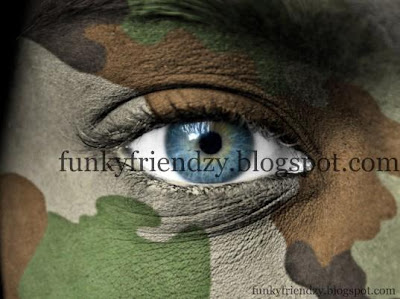
Regarded as an impossibility at first, the new material slides onto the skin like sunblock, leaving a coating that’s thinner than a sheet of paper.
Regarded as an impossibility at first—most of all by Lochhead—the new material slides onto the skin like sunblock, leaving a coating that’s thinner than a sheet of paper. Waterproof and non-irritating to the eyes, nose, and mouth, the makeup protects the face and hands for up to 15 seconds before its own temperature rises to the point where a first-degree burn is likely to occur. In some tests, it was able to stave off heat-related burns for up to 60 seconds, buying enough time, in some cases, for soldiers and firefighters to move to safety.
One of the challenges Lochhead’s team faced was avoiding the use of mineral oil, mineral spirits, fatty substances, and other traditional hydrocarbon-based cosmetics ingredients, all of which can burn in contact with scorching temperatures. The scientists turned to silicones, which are less flammable because they absorb radiation at wavelengths outside the intense heat spectrum.
Another potential showstopper? Including the insect repellent N,N-diethyl-meta-toluamide, better known as DEET, which the U.S. military requires in all camouflage makeup. “DEET also is flammable, so when the Department of Defense asked us to incorporate it, we didn’t think we could do it,” says Lochhead. “But the team successfully included DEET by encapsulating it in a hydrogel substance, a water-rich material that prevented DEET from catching fire.”
Now that the material has passed preliminary tests that determine if development should continue, the researchers plan to explore its potential in keeping clothing, tents, and other items from igniting. A colorless version is also being developed for firefighters.
No comments:
Post a Comment